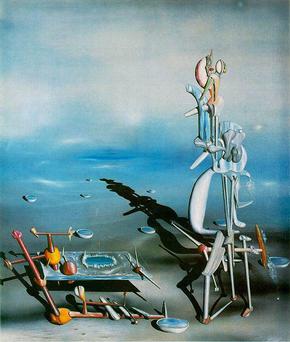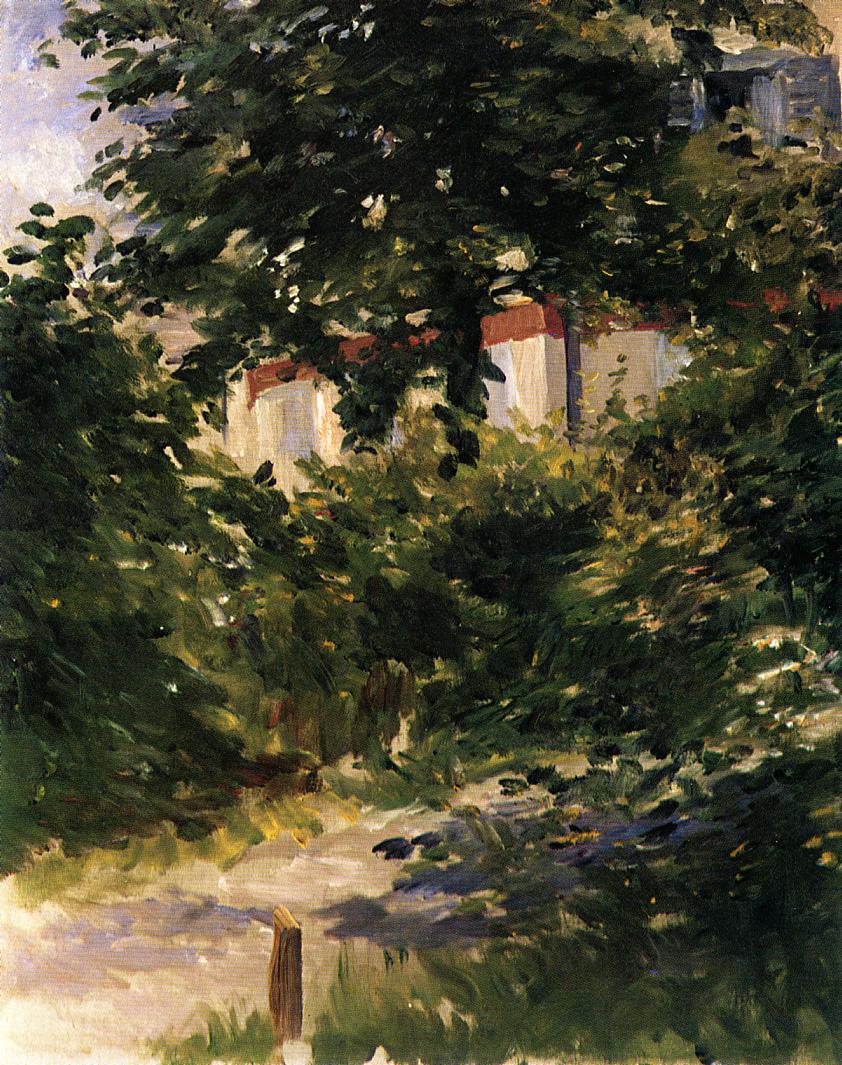- Text
- Animation
- Video
- Images
- Audio
 One of my favourite multimedia artists is probably Golan Levin. He has been developing his multimedia art for over 15 years. My favourite piece of his work is Messa di Voce, which is fantastic installation controlled by voice and movement. The artist described it as: 'Messa di Voce augments the speech, shouts and songs produced by a pair of vocalists with real-time interactive visualizations. The project touches on themes of abstract communication, synaesthetic relationships, cartoon language, and writing and scoring systems, within the context of a sophisticated, playful, and virtuosic audiovisual narrative. Custom software transforms every vocal nuance into correspondingly complex, subtly differentiated and highly expressive graphics...'
One of my favourite multimedia artists is probably Golan Levin. He has been developing his multimedia art for over 15 years. My favourite piece of his work is Messa di Voce, which is fantastic installation controlled by voice and movement. The artist described it as: 'Messa di Voce augments the speech, shouts and songs produced by a pair of vocalists with real-time interactive visualizations. The project touches on themes of abstract communication, synaesthetic relationships, cartoon language, and writing and scoring systems, within the context of a sophisticated, playful, and virtuosic audiovisual narrative. Custom software transforms every vocal nuance into correspondingly complex, subtly differentiated and highly expressive graphics...'
In my opinion it an amazing piece of multimedia art. I find it really good because of its great interactivity . I think it is very unusual and interesting approach of art - the idea of creating visuals by your voice and having complete control over it is just fantastic.
 Another example of my favourite multimedia are computer games. The one I probably like best is Far Cry 2. It is First Person Shooter game. I like it because it really immerse you in its world, sometimes you really feel like you were the part of this virtual world. Also, I like the control that you have. The game is designed to give you choice where you want to go and what you want to do. I really love that as you can decide what the story is like by choosing your missions in no particular order.
Another example of my favourite multimedia are computer games. The one I probably like best is Far Cry 2. It is First Person Shooter game. I like it because it really immerse you in its world, sometimes you really feel like you were the part of this virtual world. Also, I like the control that you have. The game is designed to give you choice where you want to go and what you want to do. I really love that as you can decide what the story is like by choosing your missions in no particular order.I find multimedia art very interesting as it still develops and evolves. I like it because there is no limitations and you can create anything you can think of. Also I love the idea of interactivity, the fact that you can be a part of it and how the things react based on your movement, voice etc.
(selected quotes from http://en.wikipedia.org/wiki/Multimedia and http://www.flong.com/projects/messa_inst/)












































